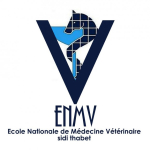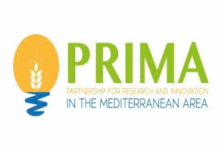1. The diet must be able to cover the needs of the different categories of animals (breeding and fattening). The feeds administered to rabbits must be formulated in compliance with the typical needs of the species (maintenance, pregnancy, lactation, growth). Usually in the rabbit farm are used two types of feeds one for the breeders and one for the fattening rabbits. Some nutrients included in the feed, as well as, to cover the energy required, can be used to specific reason: stimulate the growth, increase the reproductive activity, enhance the milk production and improve the welfare of animals.
2. In the last decades, different kind of natural products are used to support the energy require, to stimulate the growth and the reproductive activity of the animals and also to increase the fixation of specific compounds in the meat, eggs or milk of several species, included flax, but the studies on rabbit are quite poor. Moreover, before the use of new nutrients should be evaluate the grade of digestibility and subsequently the possibility for its compounds to be incorporated in the different kind of productions (meat, eggs, milk and fur).
3. To date, exist various packaging options for the preservation of different types of meat which can control the microflora growth and can extend the shelf life of food product. The most widespread solutions are modified atmosphere (MA) and vacuum packed (VP) which inhibits the development of microorganisms, maintains intact the organoleptic quality and preserves the colouring of the meat, since low concentration of O2 slow the oxidative process. Another important aspect for the consumer, beside the health and hygiene aspects, is the presence of exudates or drip derived from the meat, which can accumulate in the package creating undesirable odors and promote deterioration processes of the meat. The absorbent pad plays an important role in modern packaging strategies in absorbing the moisture and fluids exuded.
4. The rabbit production is facing a strong decline in the last two decades, with a relevant reduction of 47% in the number of reproducing does and a decrease in production from 2012 at global level (rabbit meat is only the 0,5% of the meat produced). The perception that the rabbit meat is hard to cook, the high prices compared to other meats, the extended vision that rabbit production uses too much drugs (hormones and antibiotics), and the controversial image regarding the respect of the rabbit welfare are all linked to this decline, which therefore is relevant even in consumption. If this trend continues, the Mediterranean diet may loss an important ingredient of its long-lasting tradition, with relevant socio-economic consequence for the whole production and supply chain system.
5. The technical and economic performance of industrial rabbit production, which depends on the quality of inputs, facilities and the expertise of the breeder, does not meet the requirements needed to assure a fair profit to breeders and other actors in the production and supply chain; this increase the competition among them and hinder the cooperation. The development of rabbit breeding meets relevant difficulties to adapt to national constraints and to integrate into the country’s agriculture.
6. The Western diet is unbalanced in terms of PUFAs, with a higher abundance of n-6 compared to n-3 (15-20:1 as n-6/n-3 ratio). The World Health Organization considers that the optimal n6/n3 ratio should be less than 4. Accordingly, the modulation of dietary intake (intended as a reduction of n-6/n-3 ratio) could be considered a valid nutraceutical intervention for the improvement of human health and fertility.
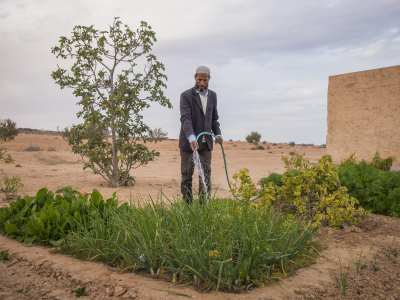
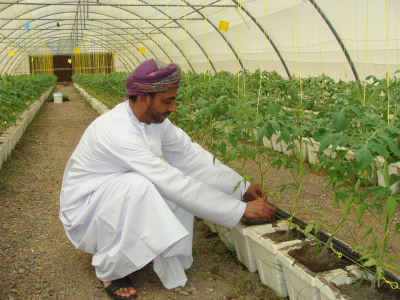
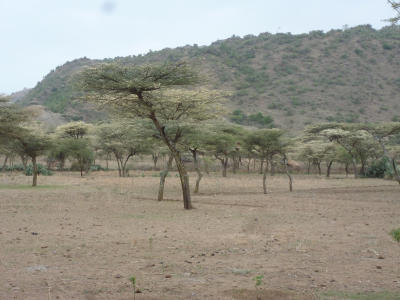
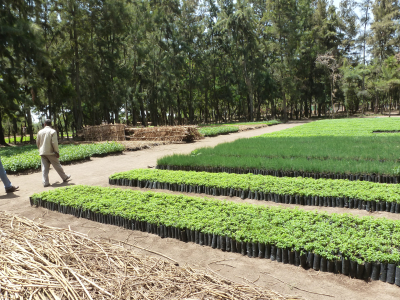
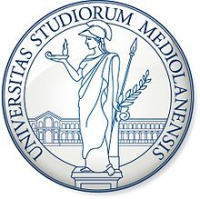









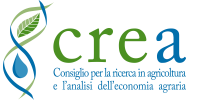
.jpg)


